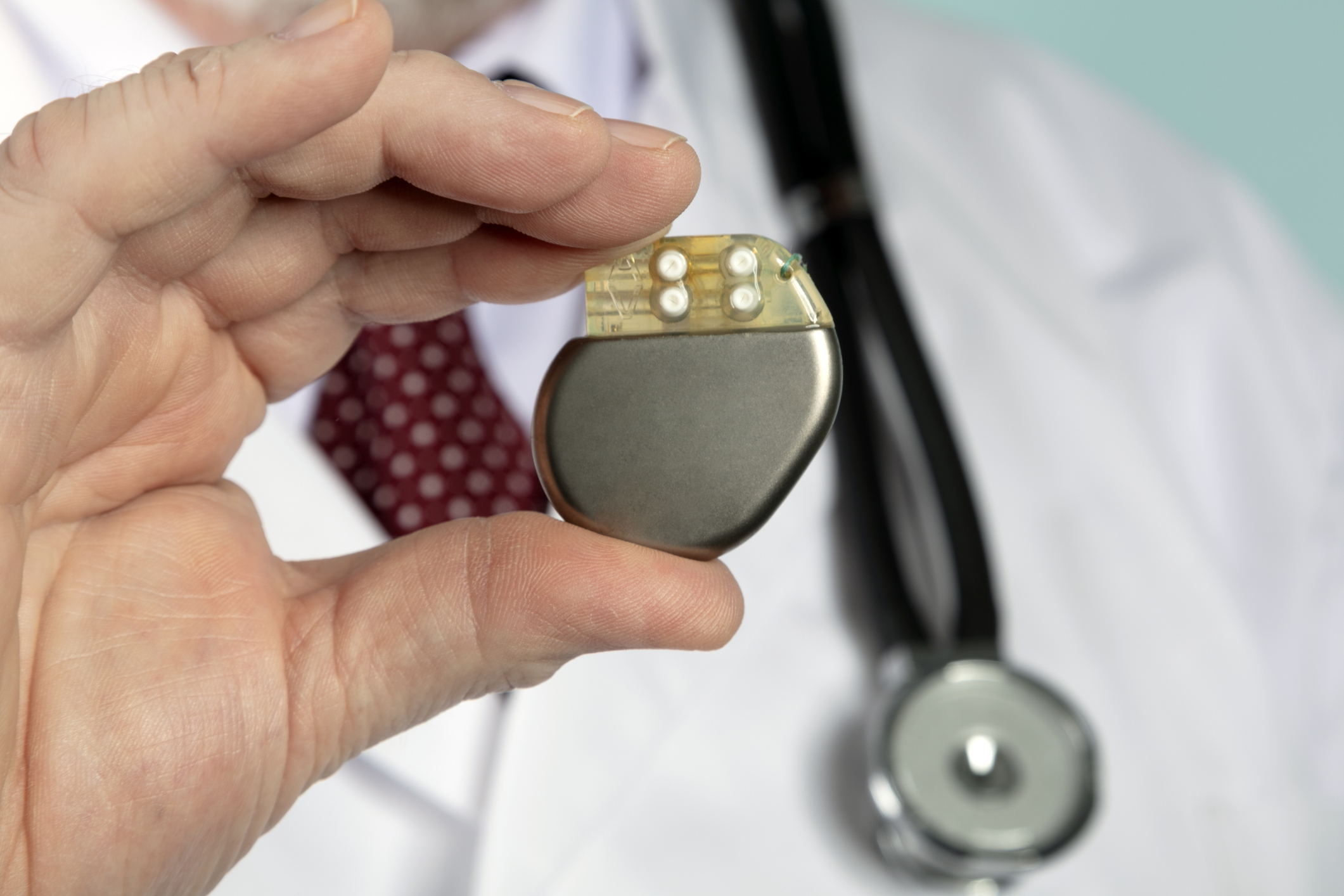Are you one of those people who likes to keep their smartphone close by at all times? Maybe tucked beneath a pillow, in a breast pocket, or even slipped under a bra strap? If you have an implanted medical device such as a pacemaker or cardiac defibrillator, a new FDA study warns that some cell phones and smartwatches can create magnetic interference and should be kept at least six inches away.
According to a recent CTV News report, the U.S. Food and Drug Administration study was published on August 26 by the Heart Rhythm Journal. Implanted cardiac electronic devices(ICDs) help regulate the heart in patients with rhythm disorders such as a slow or fast heart rate. Pacemakers and defibrillators implanted in the body have a “magnet mode” that allows remote suspension of the device’s use during medical treatments like an MRI when interference is possible. Researchers found that this feature can be triggered accidentally by newer consumer electronics with high magnetic field strength.
Apple iPhone 12 devices and Apple Watch 6 models were tested and researchers found that all the devices had strong 10G static magnetic fields that could trigger the magnet mode on implanted cardiac devices. Although the Center for Devices and Radiological Health at the FDA is not aware of any adverse events associated with these findings and the patient risk is considered low, the study concludes that keeping these new smartphones and watches six inches (or 15 centimeters) away from implants will not trigger the medical devices.
As more consumer electronic devices contain strong magnets, patients with implanted medical devices should talk to their healthcare provider about the risks and safe use of these smartphones and watches. According to the Cleveland Clinic, some doctors recommend holding cell phones to the ear furthest away from the cardiac devices and avoiding standing under high-voltage power lines or near substations for extended periods of time.
In extreme cases, a smartphone, smartwatch, or smart tracker like a newer Fitbit could interfere with an Implanted Cardiac Device, triggering glitches that either pause the device in use or shock the heart back into normal rhythm. This is a very rare occurrence for patients with pacemakers in normal settings, but those with a pacemaker with very sensitive settings should follow the advice of their doctor. Read more about ICDs and electromagnetic interference in Cardiology Today.






Add Your Voice
0 Comments
Join the Discussion